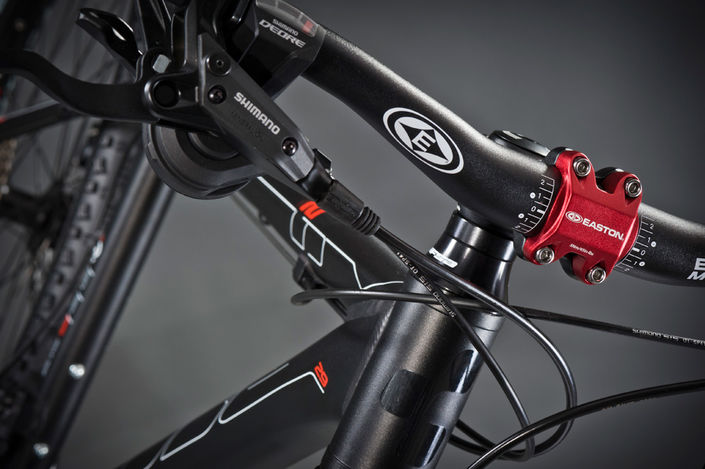
I would suggest that these devices are end-of-life (why do you think they’re so cheap?) so get them while you can. There is no way we can ever compete against that, the BOM cost is far more than that price before it’s even been assembled, and there is no donation to our Satellite Building fund. You are welcome to use a $10 dongle if you so wish. If I find time I will investigate further. I am not sure you’ll find many manufacturers going into such detail that you proposed, and again I am more than happy for others to go ahead and do this for themselves on the FCD+. Digital compensation would cause stepping during correction so typically analogue compensation is better. The manufacturer stated to me that it’s analogue, and my own empirical tests suggest that is correct. I have also tested to see if the TCXO is digitally or analogue compensated. Again, I refer you to the observations page I mentioned. Regarding frequency stability I have run tests, and that is exactly why although the manufacturer of the TCXO specifies 0.5ppm, I measure about 1.5ppm against a rubidium source. The truth is that on-air real life tests show the FCD+ to be miles ahead of the original FCD. When I get chance over the next few weeks I may well do this myself. On the subject of the other specifications you mention, I am happy for anyone to measure these if they so wish. I did respond to Leif at his own request about this before he published his findings but my response is not discussed in the link you gave. You will also see on the board of the original FCD around the LNA space for additional parts to support other LNAs. As I have to repeatedly remind people, the FCD’s primarily role is for receiving the FUNcube satellite. This is the band that the original FCD was primarily designed for. Indeed I finally prototyped six different LNAs and chose the best one based on both on-air and quantatative tests for use on 145MHz. I discussed this with the chip manufacturer at some length at the time. The noise figure we measured on 2m directly into the E4000 was about 14dB, it definitely was nowhere near the chip’s specification. To suggest poor engineering on the original FCD is a misnomer: the point of having an LNA on the original FCD was precisely because the noise figure of the E4000 used in the original FCD was simply not good enough at VHF by quite some way. This includes dynamic range, front end blocking, discrete front end filters, IMD performance and the addition of HF among other enhancements. I used the constructive feedback from users of the original FCD to develop the FCD+ in every respect. Only the bias T circuitry remains the same.
#Cube pro specs pro
Regarding your other comments, you should consider that the FUNcube Dongle Pro Plus is a completely new design in almost every way. I am not sure why you consider it “pointless”. Others had already measured the noise figure independently. I quote SINAD because that was all I had at the time of the original FCD to measure accurately in production. You will find that noise figures are already quoted on the specifications page right here and the method used under the observations notes here. Please consider expanding your market base to support the needs of the rest of the community. Pitty such information isn’t published on So far the Funcube has the FM repeater rubber duck ham market cornered, as none of the issues discussed matter to them. Just tune to to a carrier above 1 GHz and hold the dongle in your hand to observe massive drift. The Funcube Pro suffers from extreme drift but you don’t need to run such a test. We also need to see frequency stability versus temperature over time numbers. Once real SDR users measure and post the specification that matter, the rest of the SDR community will know if the Pro+ is worth the asking price. That’s all most hams are and where the profit is, but it’s a shame to limit the potential of the Funcube like the original Pro version badly did.


It seems the specifications posted so far are meant to target the FM repeater rubber duck ham community, which is fine. It would be nice to see some real specifications. What’s the purpose of a 16bit ADC on the digital back end if poor engineering only gives 50dB dynamic range on the RF front end? It’s surprising a demo Pro Plus dongle hasn’t been sent to people who publish real useful Funcube specifications like so the non FM repeater ham toy SDR use community will know the real usefulness and performance of the Funcube Pro+. Poor engineering caused the Funcube Dongle Pro to have worse dynamic range and sensitivity than the 10 GBP RTL E4000 DVB-T dongles available on ebay. Why isn’t the noise figure measurement methodology published? Why aren’t any dynamic range numbers published? This specification is MUCH more important than nearly pointless SINAD numbers posted.


 0 kommentar(er)
0 kommentar(er)
